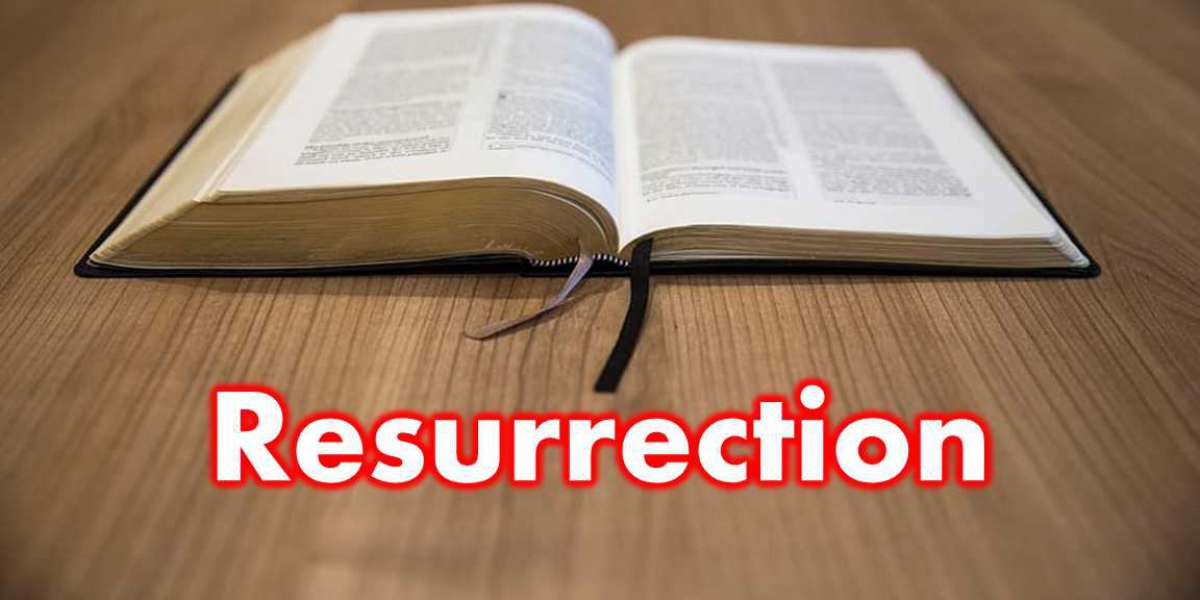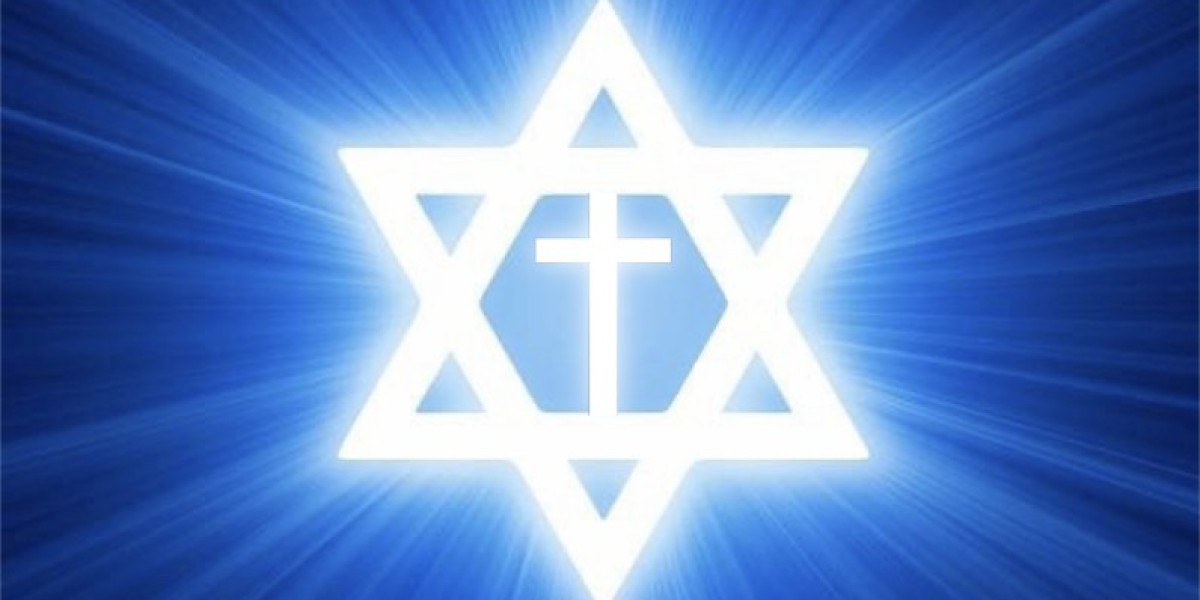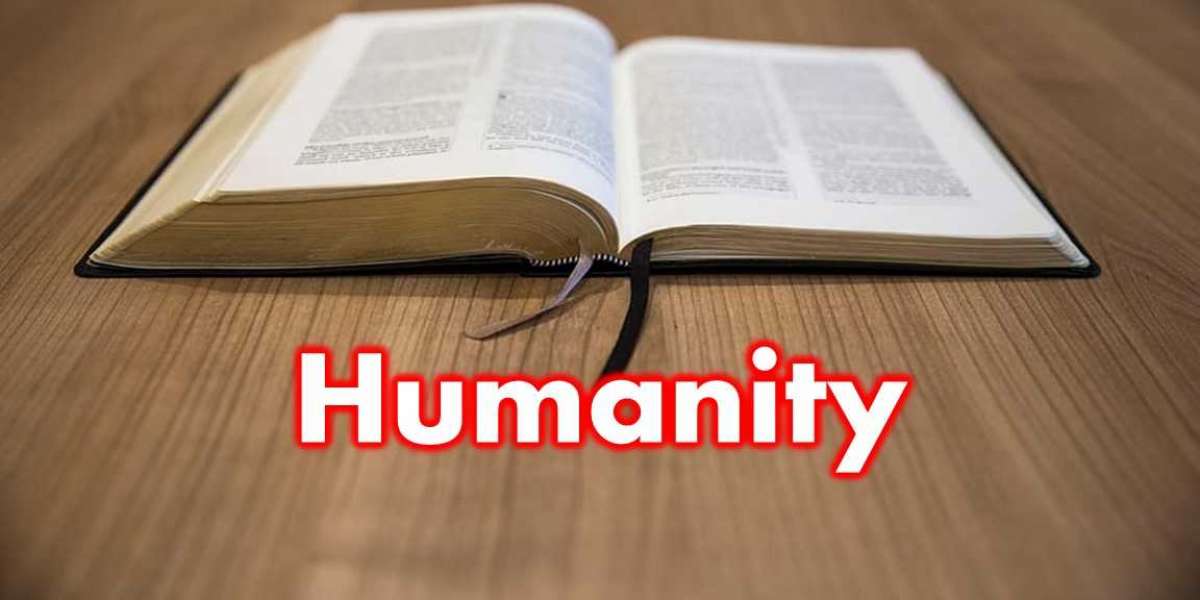According to Jewish legend when Adam was formed from the dust of the earth it was dust from the whole earth or from four different colors of dust: Red, Black, White, and Green.
Red – symbolizing blood and life.
Black – symbolizing decay, mortality, or the hidden depths of the earth.
White – symbolizing purity, spirit, or light.
Green (or sometimes yellow) – symbolizing growth and vegetation.
As the story goes…
“When at last the assent of the angels to the creation of man was given, Elohim said to Gabriel: "Go and fetch Me dust from the four corners of the earth, and I will create man therewith." Gabriel went forth to do the bidding of Adonai, but the earth drove him away, and refused to let him gather up dust from it. Gabriel remonstrated: "Why, oh Earth, do you not hearken unto the voice of Adonai, Who founded you upon the waters without props or pillars?" The earth replied, and said: "I am destined to become a curse, and to be cursed through Man, and if Elohim Himself does not take the dust from me, no one else shall ever do it." When Elohim heard this, He stretched out His Hand, took of the dust of the ground, and created the first Man therewith. Of set purpose the dust was taken from all four corners of the earth, so that if a man from the east should happen to die in the west, or a man from the west in the east, the earth should not dare refuse to receive the dead, and tell him to go whence he was taken. Wherever a man chances to die, and wheresoever he is buried, there will he return to the earth from which he sprang. Also, the dust was of various colors--red, black, white, and green--red for the blood, black for the bowels, white for the bones and veins, and green for the pale skin.
At this early moment the Torah interfered. She addressed herself to Elohim: "Oh Master of the world! The world is Yours, You can do with it as seems good in Your eyes. But the Man You are now creating will be few of days and full of trouble and sin. If it be not Your purpose to have forbearance and patience with him, it were better not to call him into being." Elohim replied, "Is it for naught I am called long-suffering and merciful?"
The grace and lovingkindness of Elohim revealed themselves particularly in His taking one scoop of dust from Jerusalem, from the very spot where in time to come the altar would stand, saying, "I shall take Man from the place of atonement, that he may endure.'”
Therefore together, these colors represent the fullness of creation and the composite nature of humanity—both mortal and spiritual, earthy and divine.
—
Fast forward now from the creation of the world to the ending thereof and these same four colors appear again, now in the form of horsemen. Moving from legend to Scripture we read…
“And I saw, and behold a white horse: and he that sat on him had a bow; and a crown was given unto him: and he went forth conquering, and to conquer. And when he had opened the second seal, I heard the second beast say, ‘Come and see’. And there went out another horse that was red: and power was given to him that sat thereon to take peace from the earth, and that they should kill one another: and there was given unto him a great sword. And when he had opened the third seal, I heard the third beast say, ‘Come and see’. And I beheld, and lo a black horse; and he that sat on him had a pair of balances in his hand. And I heard a voice in the midst of the four beasts say, ‘A measure of wheat for a penny, and three measures of barley for a penny; and see that you hurt not the oil and the wine. And when he had opened the fourth seal, I heard the voice of the fourth beast say, ‘Come and see’. And I looked, and behold a pale-green horse: and his name that sat on him was Death, and Sheol followed with him. And power was given unto them over the fourth part of the earth, to kill with sword, and with hunger, and with death, and with the beasts of the earth.”
The riders in Revelation 6:2–8 represent the forces of judgment and dissolution, the breaking apart of what holds the world in order. The White horse corresponds to conquest, sometimes interpreted as the messianic victory or false messiah. And context doesn’t reveal which. The Red horse denotes war and bloodshed. The Black horse alludes to famine and economic imbalance. And the Pale-Green horse represents death and pestilence.
Most people don’t make the connection between the language of the legend and the language of Scripture, partly because they are untaught in general, partly because they are unlearned in legends, partly because they are unlearned in language, and partly because they are unlearned in logic.
Traditional translations say “behold a pale horse” but that’s not what the Greek says. The Greek says “green”. “Chloros”, is the word left to us in the Greek translations meaning “green”…a pale green to be sure, but never the less “green”.
As with the language in the myth about the dust colors of creation pale green was the color of the skin of the man when he was made, pale green, the color of a sickly body or dying vegetation, because he was made as a corpse first until life was breathed into Him by Elohim.
The symmetry is striking between the legend and the later Scripture. The colors of Man’s beginning are echoed in the colors of Man’s. end. In the legend, dust of four colors signifies life unified in its totality. In the Revelation, the horses of four colors signify life divided and rendered unto destruction.
It is as if in the Creation, dust is gathered together in harmony to make Man to be after given life, and in the Apocalypse those same colors of Man ride separately against him, because man is undone, fractured by judgment and for judgment.
In the Creation: Red represents vitality, blood in the veins, but in the Apocalypse the representation is spilled blood in war. Black in the Creation legend denotes earth’s depth, mystery, and potential, yet in the Apocalypse the same color foretells of famine, scarcity, hunger, the “dark side” of survival, and of forthcoming death. The White of Creation alludes to purity, light, strength and structure, but by Apocalypse time it’s changed to conquest, the strength that breaks and enslaves, the light that blinds and burns, and a righteousness of our own devising. And in the Creation the Green color calls to mind the dead state Man was made in to be after brought to life by the Spirit of Elohim, yet in Apocalypse the same color calls out as sickliness, rot, and a final state of decay after life has been given and lived out and squandered.
Might the legend of Man’s formation and the vision of the four horsemen be viewed as bookends of humanity?
At the beginning, the four colors are seen brought together in harmony as the ingredients of the body, blended into one being, and called “very good”.
At the end however, those same colors appear as destructive forces when the harmony of Man is broken, when he no longer is “very good”, and mankind returns to the dust he was made from.
What was united in creation, is dissolved in judgment.
Is their something to this legend? Maybe yes. Maybe no. Maybe the horses and riders are accidental echoes, a pareidolic kind of inversion, the fourfold dust of life gathered together becoming the fourfold horsemen of death tearing life apart…or maybe not.
But if it is all incidental, it is certainly not insignificant.
“For dust you are and to dust you shall return…”
Second Guess First Assumptions
Question Everything
Get Biblical






